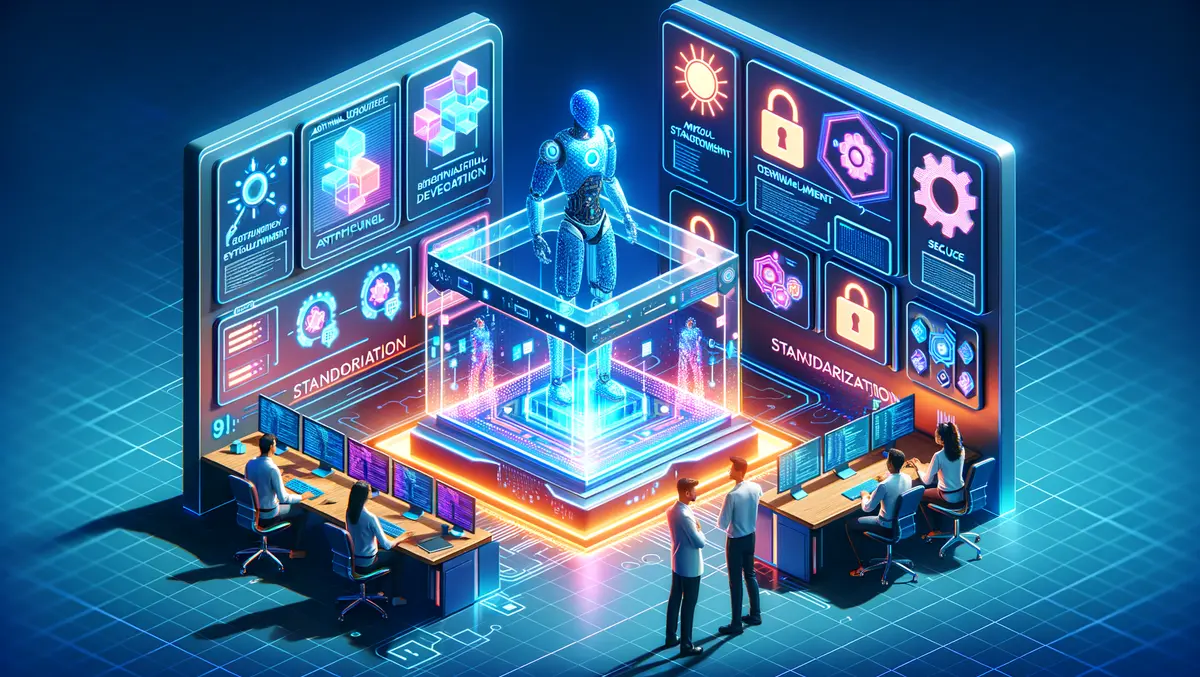
OutSystems, a major player in high-performance low-code application development, has unveiled its latest addition, the AI Agent Builder. It comes as part of OutSystems’ three-phase AI strategy and is an innovative solution that makes it simpler for IT experts to incorporate generative AI-powered applications into their digital transformation strategies. It ensures the use of AI adheres to standardisation and security protocols.
According to the company, this is a timely development for Chief Information Officers (CIOs) who are under pressure to streamline the digital transformation process. According to MIT Tech Review Insights, only 9% of CIOs have already deployed generative AI solutions, while 75% plan to execute them through partnerships. The demand for such partners to assist companies in implementing generative AI is thus evident.
Key features of the AI Agent Builder include custom AI agent development offering users the ability to design, configure and deploy generative AI agents that are tailored to meet specific business requirements. This is achieved without the need for coding, through an intuitive point-and-click interface. A useful feature is the library of quick-start generative AI apps; for example, a ticket deflection application that provides accurate responses to customer queries and a sales intelligence application that summarises support calls. AI agents are boosted by retrieval-augmented generation (RAG) to ensure outputs are more relevant to application end-users. Built-in guardrails are in place not only to increase the accuracy and reliability of the results but also control access and monitor performance.
The new offering from OutSystems is the latest execution of the company's three-pronged AI strategy. This includes the use of generative AI to expedite iterative application development, the application of generative AI throughout the development lifecycle to enhance security, performance and agility, and the building of generative AI-powered applications to accelerate transformation.
As noted by Paulo Rosado, Founder and CEO at OutSystems, AI is causing a paradigm shift in the creation and implementation of enterprise tech strategies. "In fact, 75% of OutSystems customers are still in the beginning stage of generative AI implementation, and we want to help them meet the moment,” he said.
Implementing an AI strategy poses challenges such as elevated customer expectations and a talent and skills shortage. AI Agent Builder tackles these issues by enabling human-like digital interactions, delivering instant, context-aware responses and actions with minimal human intervention. Users are given options to choose between Azure OpenAI or AWS Bedrock foundation models. They can integrate them with unique knowledge sources and input natural language instructions for usage within applications. With AI Agent Builder, the development process is simplified, allowing organisations to rapidly customise and deploy complex generative AI solutions, speed up innovation, and enhance operational efficiency.
"Incorporating conversational, GenAI-driven user experiences into apps created within a trusted, scalable, extensible, and governable framework represents the potential for a new generation of low-code development," said Michele Rosen, PhD, IDC research manager for Low-Code, No-Code, and Generative AI Developer Technologies. Indeed, organisations will be able to utilise tools and platforms with agent building capabilities to quicken their adoption of GenAI for digital transformation.
A customer who has benefitted from Generative AI through OutSystems is KeyBank. Dominic Cugini, Chief Transformation Officer at KeyBank, said, "Our IT team has effectively shortened delivery time frames by leveraging OutSystems low-code platform. This adoption not only facilitates closer collaboration and communication between business and IT, but also opens up exciting possibilities for innovation through the combination of low-code with generative AI.”
